
In a world filled with constant stimulation and overwhelming consumerism, the concept of minimalist living has gained traction as a way to create a calm and clutter-free home environment. Embracing minimalism goes beyond simply decluttering; it involves adopting a mindset that focuses on intentional living, simplicity, and the elimination of excess. In this article, we will explore the principles of minimalist living and provide practical tips for simplifying your space to achieve a serene and harmonious home.
1. Understanding Minimalism: Embracing Simplicity and Purpose
Minimalism is a lifestyle that advocates for intentional living, embracing simplicity, and finding purpose in the things we surround ourselves with. It encourages us to let go of the unnecessary and focus on what truly brings value and joy to our lives. By consciously choosing to live with less, we create a space that fosters tranquility, clarity and a deeper connection to ourselves and our environment.
At its core, minimalism is about removing distractions and excess, both physically and mentally. It prompts us to question our consumerist culture and the constant pursuit of more. Instead, we strive for contentment and fulfillment in the present moment. By simplifying our surroundings, we free up mental and physical space, allowing room for growth, creativity, and meaningful experiences.
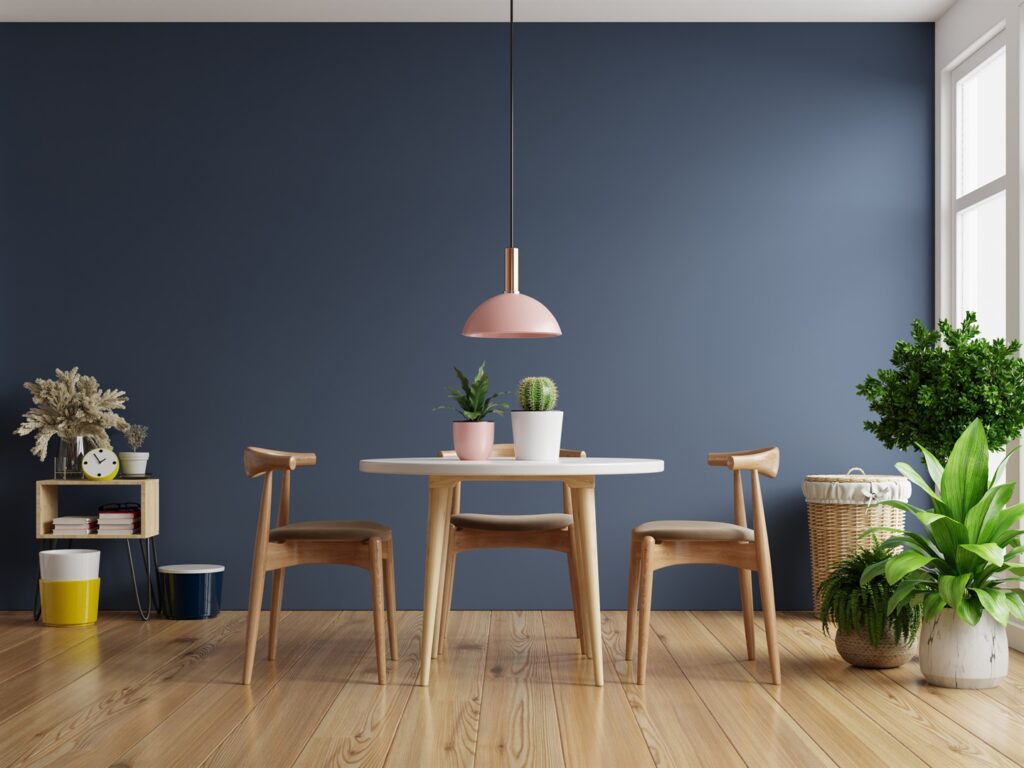
2. Decluttering Your Home: Letting Go of the Unnecessary
Decluttering is a fundamental step towards achieving a minimalist home. It involves evaluating our belongings and consciously deciding what to keep, discard, or donate. As we embark on this journey, it is essential to approach it with intention and mindfulness.
Begin by taking a systematic approach, going through each room and assessing the items within. Ask yourself if each item serves a purpose, brings you joy, or holds sentimental value. Let go of items that no longer align with your current lifestyle or have lost their significance. Consider donating or selling them to give them a new life with someone else.
Streamlining your wardrobe is a great starting point for decluttering. Keep items that you love and wear regularly, and let go of those that no longer fit or resonate with your personal style. Create a capsule wardrobe with versatile pieces that can be mixed and matched effortlessly.
The kitchen is another area that often accumulates excess. Clear out items that are duplicates, broken, or rarely used. Focus on keeping functional tools and utensils that align with your cooking and dining needs. Simplify your pantry by organizing it in a way that allows easy access to ingredients and minimizes waste.
Decluttering your living areas is crucial for creating a serene and clutter-free space. Remove items that serve no purpose or do not contribute to the overall aesthetic. Be selective with decorative pieces, choosing those that truly resonate with you and enhance the ambiance of your home.
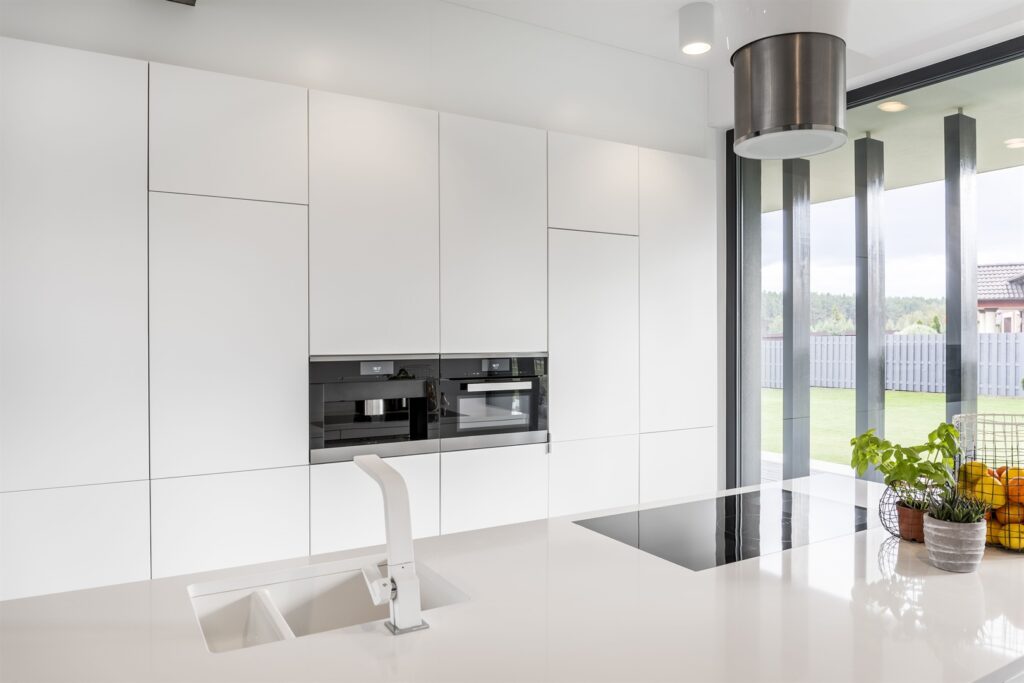
3. Organizing with Purpose: Creating Functional Spaces
Once you have decluttered your home, the next step is to organize your belongings with purpose. Effective organization is key to maintaining a minimalist lifestyle and ensuring that your space remains clutter-free.
Invest in smart storage solutions that maximize space utilization and keep items neatly arranged. Opt for furniture with built-in storage compartments or consider utilizing vertical space with wall-mounted shelves or hanging organizers. This allows you to keep essential items within reach while minimizing visual clutter.
Utilize labels, dividers, and containers to keep items well-organized and easily accessible. Categorize items based on their functionality and assign designated spaces for each category. This ensures that everything has a place and makes tidying up effortless.
Designate specific areas for different activities to create functional spaces that cater to your needs. Create a dedicated workspace for productivity, a relaxation corner for reading and unwinding, and a designated area for hobbies or creative pursuits. This not only helps maintain an organized environment but also enhances your efficiency and enjoyment of each activity.
Consider the flow and accessibility of your space when organizing. Arrange furniture and objects in a way that promotes ease of movement and facilitates a sense of openness. Avoid overcrowding and ensure that each item serves a purpose and contributes to the overall functionality and aesthetic of the room.
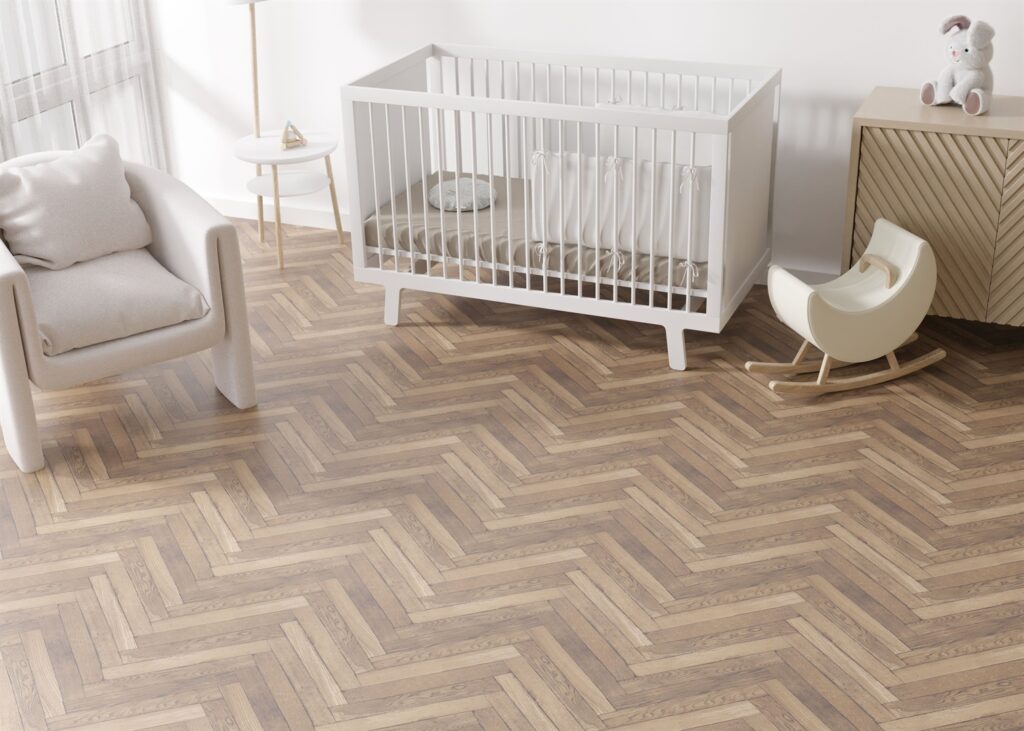
4. Mindful Consumption: Quality over Quantity
Minimalism encourages a shift in our consumption habits. Instead of accumulating possessions for the sake of having more, focus on quality over quantity. Choose well-made, durable items that bring long-term value and joy. Prioritize experiences and meaningful connections rather than material possessions.
In the pursuit of minimalist living, it is essential to adopt mindful consumption practices. This means being intentional with our purchases and embracing a “less is more” mentality. Rather than succumbing to the allure of impulse buying or the pressure to keep up with trends, we can opt for high-quality items that align with our values and stand the test of time.
Investing in quality pieces not only reduces clutter but also brings a sense of satisfaction and longevity to our lives. Whether it is furniture, clothing, or everyday essentials, prioritize items that are well-crafted and designed to last. By choosing quality over quantity, we minimize waste and environmental impact while enhancing our overall well-being.
Additionally, mindful consumption extends beyond material possessions. It involves considering the impact of our choices on the world around us. Embracing sustainable and ethical practices, such as supporting local artisans and businesses, opting for eco-friendly products, and reducing our carbon footprint, aligns with the principles of minimalist living.
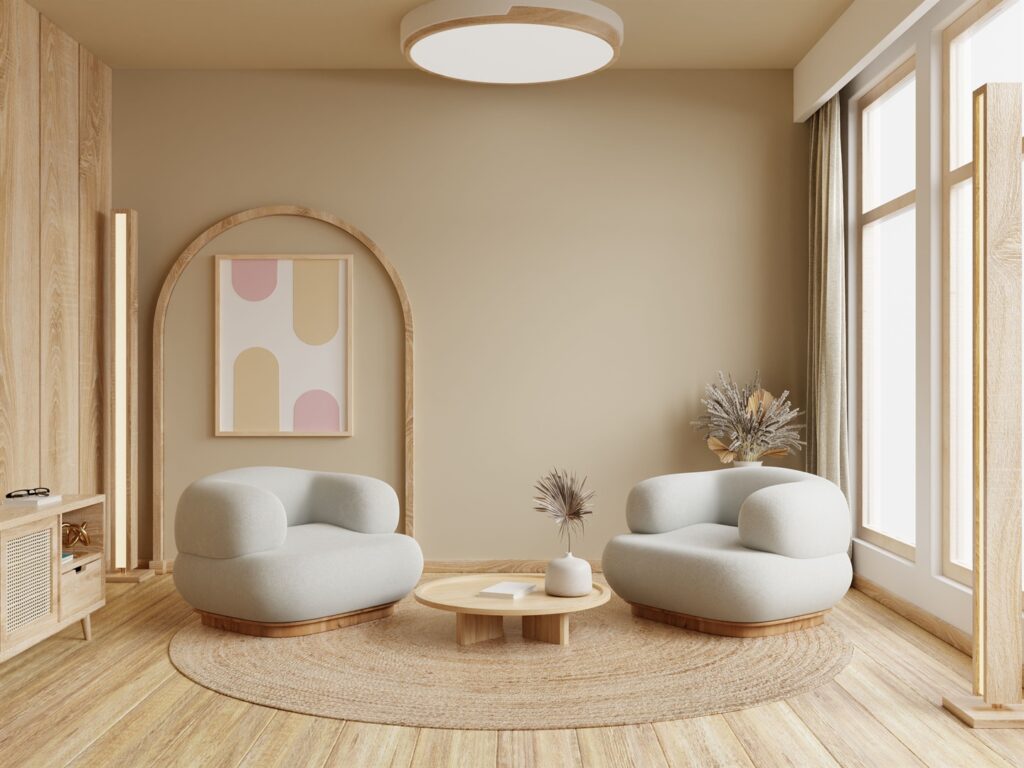
5. Simplifying Decor: Less is More
When it comes to minimalist decor, less is truly more. The key is to create a serene and uncluttered environment that promotes a sense of tranquility and balance. Start by choosing a neutral color palette as the foundation of your space. Whites, grays, and earth tones create a timeless backdrop that allows other elements to shine.
Select furniture that embodies simplicity and functionality. Clean lines, minimal ornamentation, and uncluttered designs are the hallmarks of minimalist furniture. Opt for pieces that serve multiple purposes or have hidden storage to maximize functionality while minimizing visual clutter.
Embrace negative space, also known as “breathing room,” to create a sense of openness and lightness. Allow your eyes to rest and appreciate the absence of unnecessary objects. This not only enhances the aesthetic appeal of your space but also contributes to a calm and focused mindset.
Remember, minimalist decor is not about creating a sterile or cold environment. It is about creating a space that reflects your unique personality while promoting clarity and serenity. By simplifying your decor, you invite a sense of calm and harmony into your home.
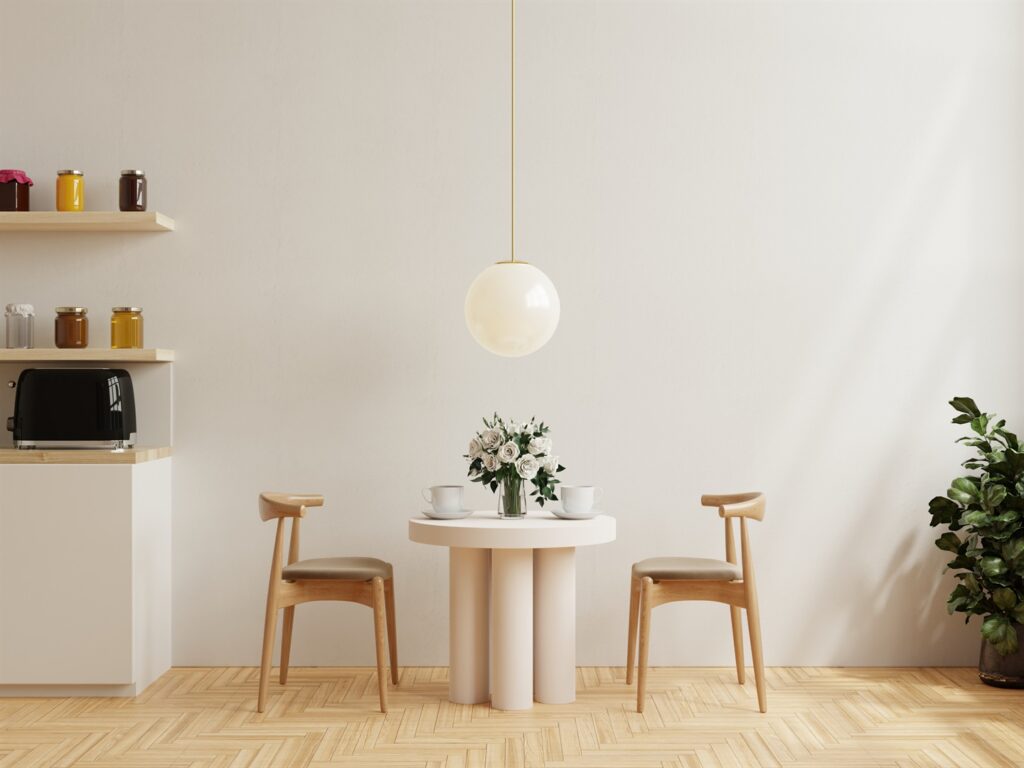
6. Digital Minimalism: Streamlining the Digital Space
As our lives become increasingly interconnected with technology, it is essential to apply minimalist principles to our digital lives. Digital minimalism is all about reducing digital clutter, optimizing productivity, and fostering a healthier relationship with technology.
Start by organizing your digital files and folders. Create a logical and efficient system that allows you to locate and access information easily. Remove duplicate files, delete outdated documents, and organize everything into categorized folders. This decluttering process will not only free up storage space but also make it easier to find what you need when you need it.
Next, declutter your digital devices by deleting unused apps and files. Evaluate which apps truly add value to your life and uninstall the rest. Take the time to review your email subscriptions and unsubscribe from newsletters or promotions that no longer serve you.
Limit your screen time and establish boundaries with technology. Set aside dedicated periods for focused work or relaxation without the distractions of social media or notifications. Consider implementing digital detox days or screen-free evenings to create a healthier balance in your life.
Remember that digital minimalism is not about completely avoiding technology but rather consciously choosing how and when to engage with it. By decluttering your digital space and setting boundaries, you can create a more mindful and intentional digital experience.
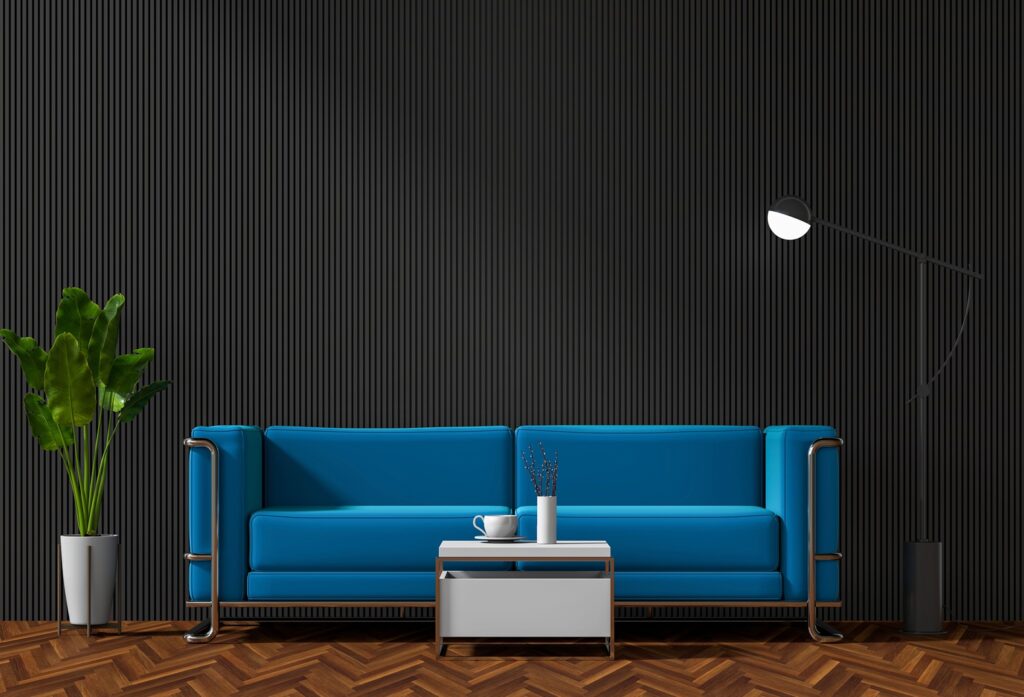
7. Cultivating Minimalist Habits: Mindfulness and Gratitude
Adopting a minimalist lifestyle goes beyond decluttering and organizing our physical space. It is a transformative journey that involves cultivating habits and perspectives that align with minimalism’s core principles.
One essential habit to cultivate is mindfulness. Practice being fully present in the moment, savoring the simplicity and beauty of everyday experiences. Embrace mindfulness in daily tasks, such as cooking, cleaning, or even walking, by engaging all your senses and appreciating the details often overlooked.
Gratitude is another powerful habit that complements minimalism. Take time each day to reflect on the things you are grateful for, both big and small. This practice shifts your focus from material possessions to the richness of experiences, relationships, and the simple joys that surround you.
Letting go is a fundamental aspect of minimalism. Release attachments to physical possessions, negative emotions, and cluttered thoughts. Allow yourself to detach from the notion that happiness is found in accumulating more things and embrace the freedom that comes from living with less.
Embrace intentional living by aligning your actions with your values and priorities. Evaluate your commitments, relationships, and daily routines to ensure they align with what truly matters to you. This process empowers you to make conscious choices that enhance your well-being and bring more meaning to your life.
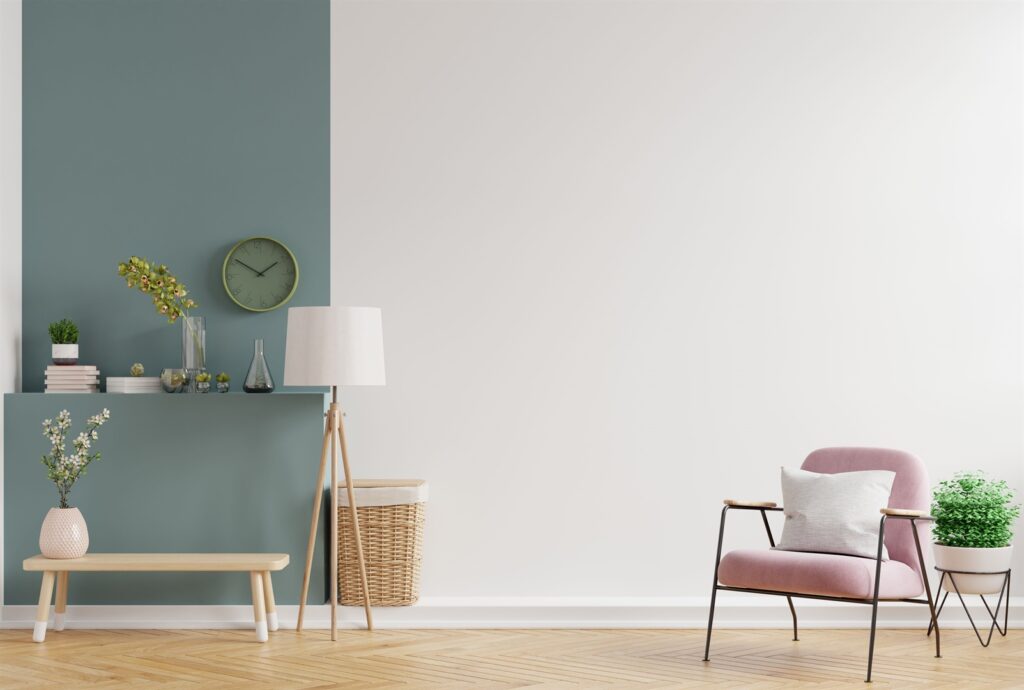
Conclusion
Minimalist living offers a path to a calmer, clutter-free home and a more intentional and fulfilling lifestyle. By adopting the principles of minimalism, decluttering our spaces, organizing with purpose, and embracing simplicity, we create an environment that promotes peace, clarity, and well-being. Remember that minimalism is a journey, and it is about finding what works best for you. Embrace the power of minimalism, simplify your space, and experience the transformative impact it can have on your life.
Recent Articles
-
 Winter's Warm Embrace: Crafting A Cozy Sanctuary With Hygge-Inspired Décor
Winter's Warm Embrace: Crafting A Cozy Sanctuary With Hygge-Inspired Décor -
 The Art Of Elevating Well-Being With Nature-Infused Interior Design
The Art Of Elevating Well-Being With Nature-Infused Interior Design -
 Enigmatic Allure: The Timeless Elegance Of Embracing Dark Colors In Interior Design
Enigmatic Allure: The Timeless Elegance Of Embracing Dark Colors In Interior Design -
 Sustainable Serenity: Crafting Eco-Friendly Sanctuaries With Organic Materials In Interior Design
Sustainable Serenity: Crafting Eco-Friendly Sanctuaries With Organic Materials In Interior Design


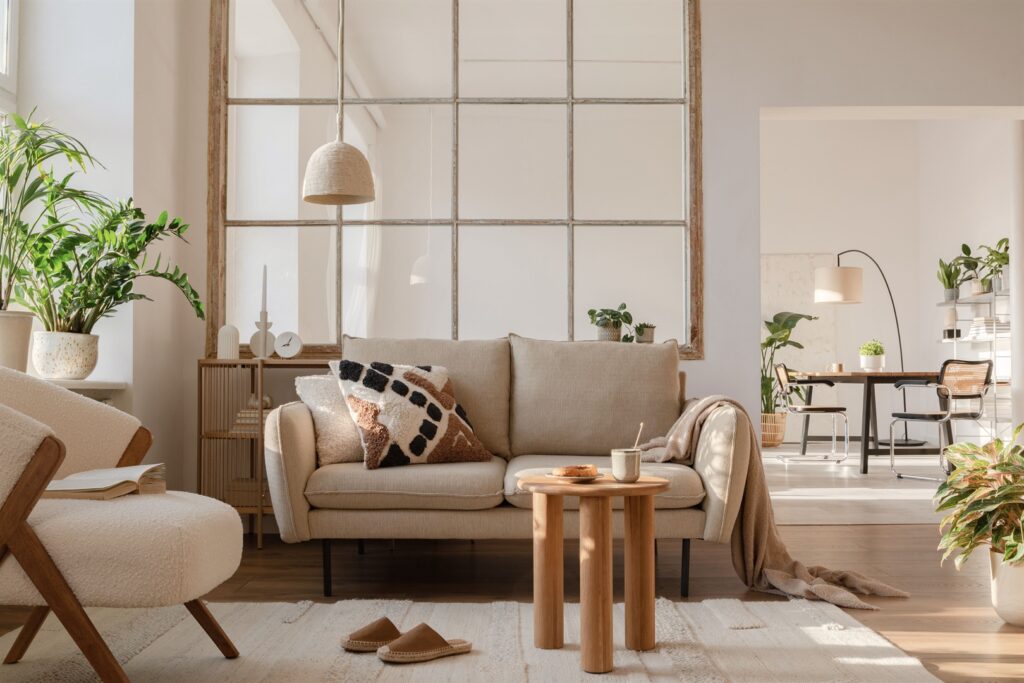
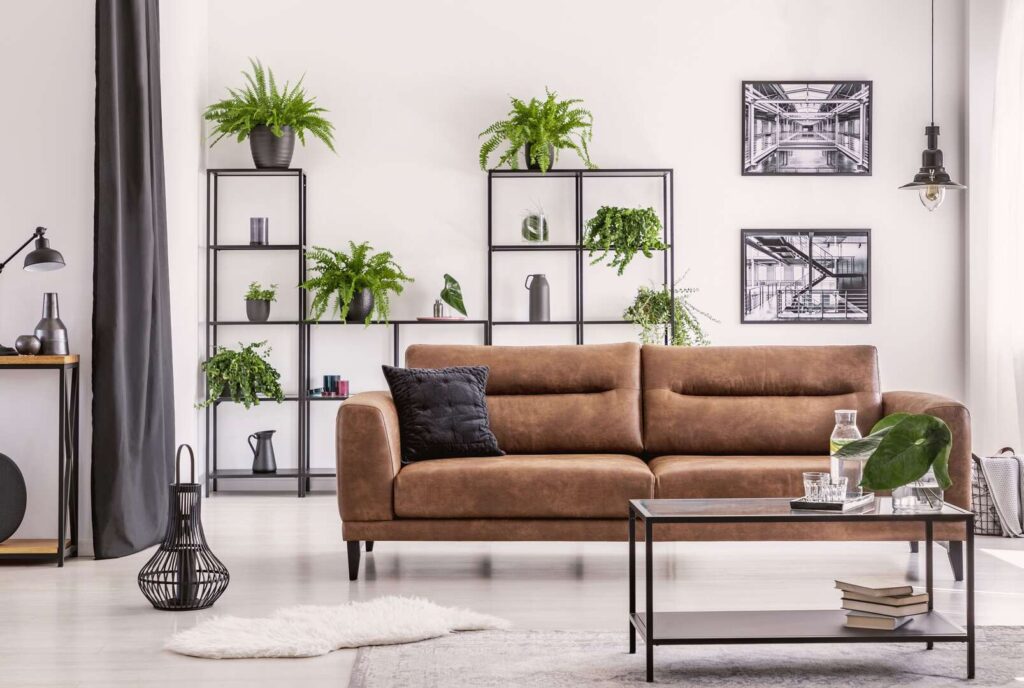
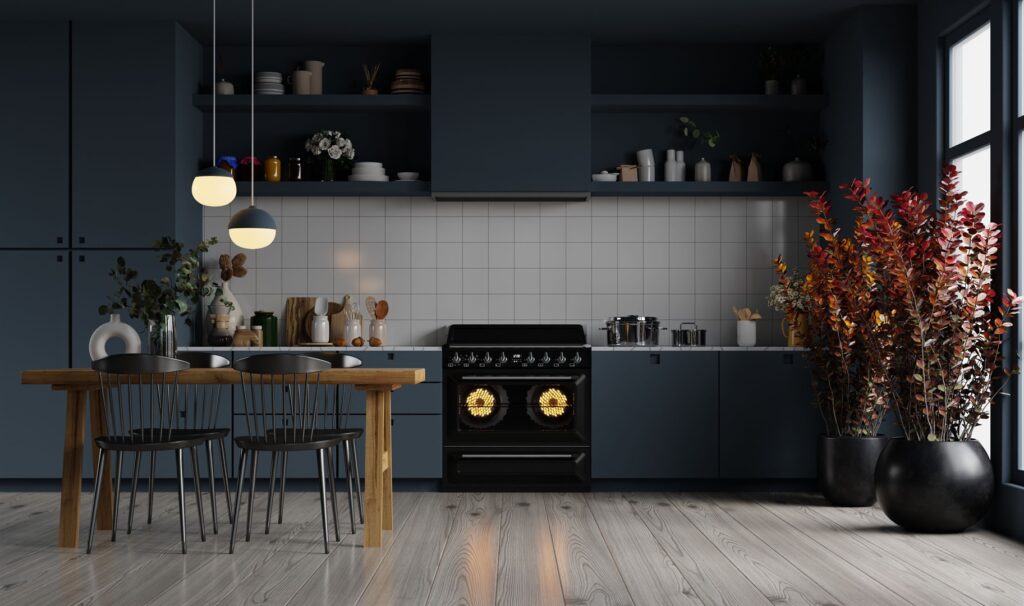
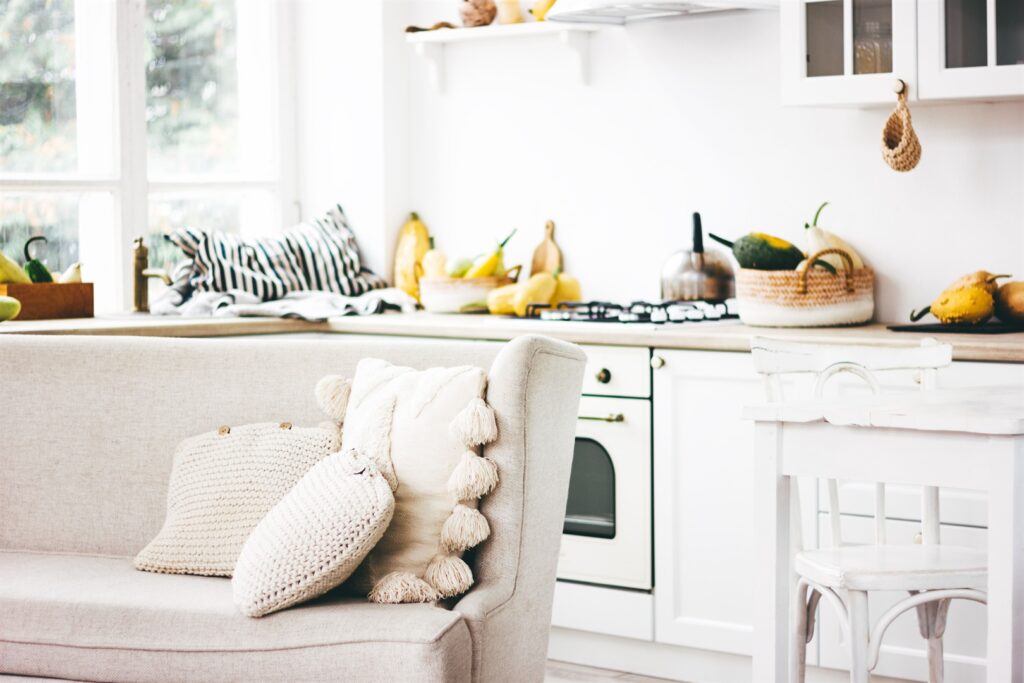

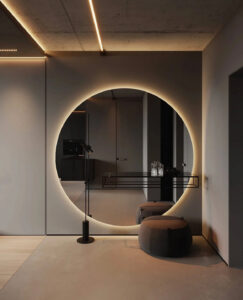
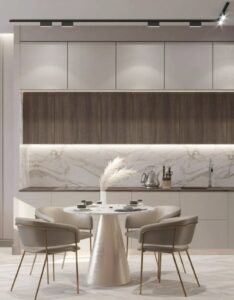

.png)